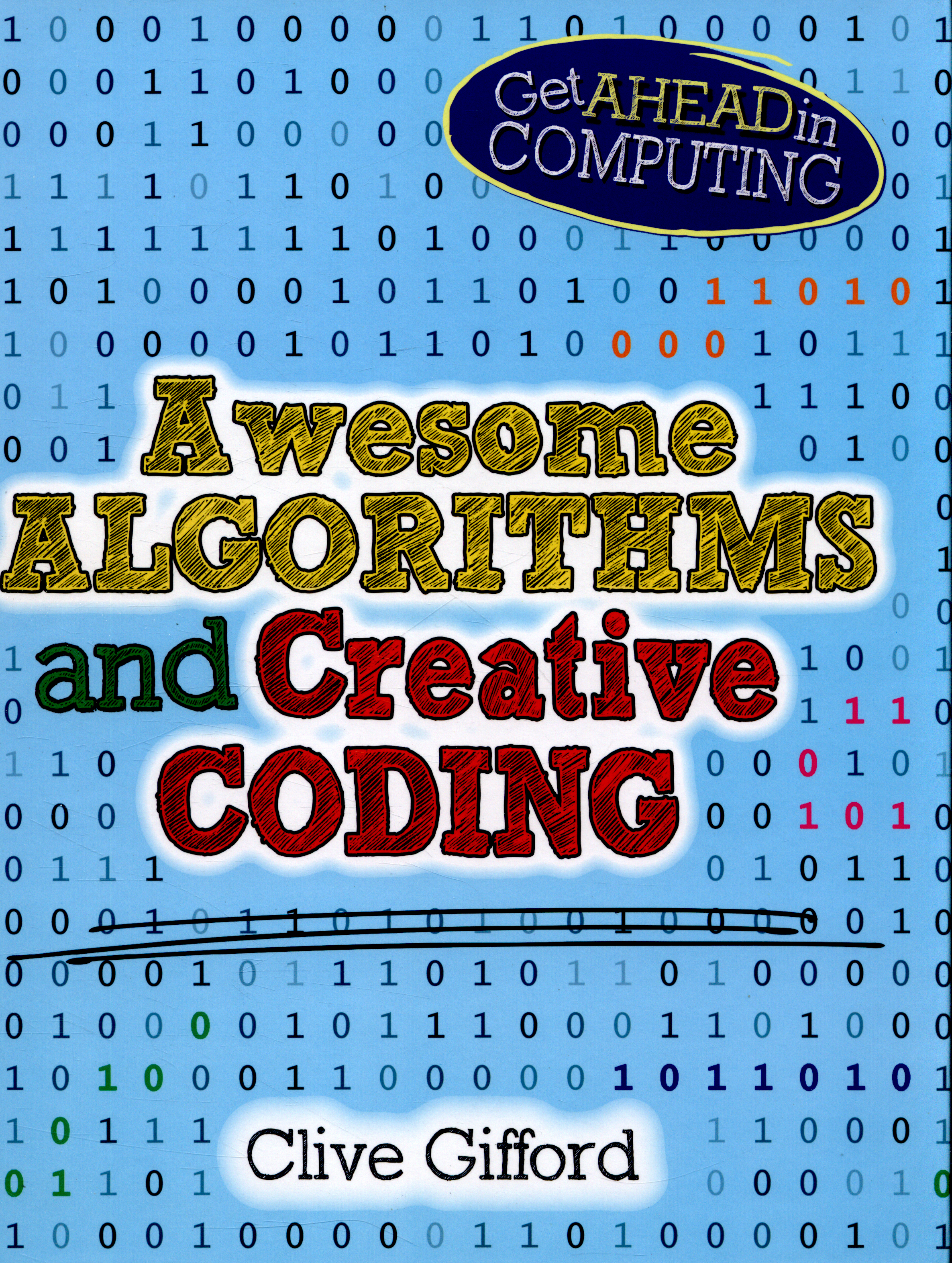Filters
Clear allSubject
- Careers (81) Apply Careers filter
- Climate Change (3) Apply Climate Change filter
- Creative arts and media (9) Apply Creative arts and media filter
- Cross curricular (67) Apply Cross curricular filter
- Design and technology (295) Apply Design and technology filter
- Engineering (172) Apply Engineering filter
- Food Preparation and Nutrition (4) Apply Food Preparation and Nutrition filter
- Leadership (2) Apply Leadership filter
- Mathematics (239) Apply Mathematics filter
- Personal development (5) Apply Personal development filter
- Psychology (1) Apply Psychology filter
- Science (280) Apply Science filter
- Space (4) Apply Space filter
- STEM Ambassadors (8) Apply STEM Ambassadors filter
- STEM Clubs (18) Apply STEM Clubs filter
Age range
Type
- Activity sheet (213) Apply Activity sheet filter
- Article (88) Apply Article filter
- Assessment (3) Apply Assessment filter
- Audio (5) Apply Audio filter
- Data set (3) Apply Data set filter
- Demonstration (4) Apply Demonstration filter
- Experiment (2) Apply Experiment filter
- Game (8) Apply Game filter
- Group work (8) Apply Group work filter
- Image (43) Apply Image filter
- Information sheet (55) Apply Information sheet filter
- Interactive resource (13) Apply Interactive resource filter
- Open-ended task (1) Apply Open-ended task filter
- Poster (12) Apply Poster filter
- Presentation (103) Apply Presentation filter
- Quiz (2) Apply Quiz filter
- Research (47) Apply Research filter
- Self assessment (1) Apply Self assessment filter
- Simulation (2) Apply Simulation filter
- Teacher guidance (334) Apply Teacher guidance filter
- Textbook (24) Apply Textbook filter
- Video (71) Apply Video filter
- (-) Remove Include Physical Resources filter Include Physical Resources
Showing 1556 results
This activity includes a game-based approach to measuring reaction speed. Fast reflexes are vital to astronauts who may need to deal with rapidly escalating incidents and high-speed projectiles.
The effect of distraction on reaction speed is investigated – students collect multiple readings and take averages...
In this lesson pupils will use audio editing software and apply their skills to record and edit an interview with friends or family members about their experiences of technology when they were growing up.
Pupils will develop an understanding of the reasons for interviewing and how to carry out, record and...
Made up of two complementary activities, these resources from the CS4FN team go deeper into theory about search algorithms.
The first activity involves the teacher leading a magic trick using some normal playing cards. In the subsequent explanation of the trick, students are asked to consider the pseudocode...
This longer-duration activity involves prototyping a low-power lighting system. It could be used in an off-timetable workshop or across a series of lessons.
Students are challenged to work through the whole design process, and to place a micro-controller (in this case a BBC micro:bit) at the centre of the...
Automated systems control which neighbourhoods get policed, which families attain resources and who is investigated for fraud. The author investigates the impacts of data mining, policy algorithms, and predictive risk models on economic inequality and democracy.
In this resource learners will use Scratch, to debug and then improve a program to move Autosub6000 around the ocean floor, photographing samples found. The remote movement will be controlled through a keyboard’s arrow keys initially and then the children will be challenged to create a program which will move...

'Awesome algorithms and creative coding' explores how computers work and explains how to think in a logical way. The bright and engaging design guides readers through clear explanations of binary code...
This introductory guide explains how to use the LINUX shell known as BASH (Bourne Again Shell). BASH is useful for linking together various programs for creating innovative solutions, and can unleash the power of a Raspberry Pi.
The guide covers running BASH, the syntax used, how to chain together commands,...
Over 300 examples of tested programs for your pupils to try. Over 400 exciting programming activities illustrating practical applications of the computer. Reading age is controlled to 13.8...
The BBC micro:bit is a credit sized computer based on a highly popular and high performance ARM processor. The device is designed by a group of 29 partners for use in...
The BBC micro:bit is a credit sized computer based on a highly popular and high performance ARM processor. The device is designed by a group of 29 partners for use in...
This book is about the use of the BBC micro:bit computer in practical projects. The BBC micro:bit computer can be programmed using several different programming languages...
This book is about the use of the BBC micro:bit computer in practical projects. The BBC micro:bit computer can be programmed using several different programming languages...
This book is about the use of the BBC micro:bit computer with external devices, such as sensors, LEDs, buzzers and so on. The BBC micro:bit computer can be programmed...
This is a resource aimed at students aged 11-14. It is one of a series that support the use of the BBC micro:bit in the classroom. The pack contains several lesson plans, presentations and student handouts. The first ‘unplugged’ lesson introduces students to how programmable systems work, the second they are walked...
